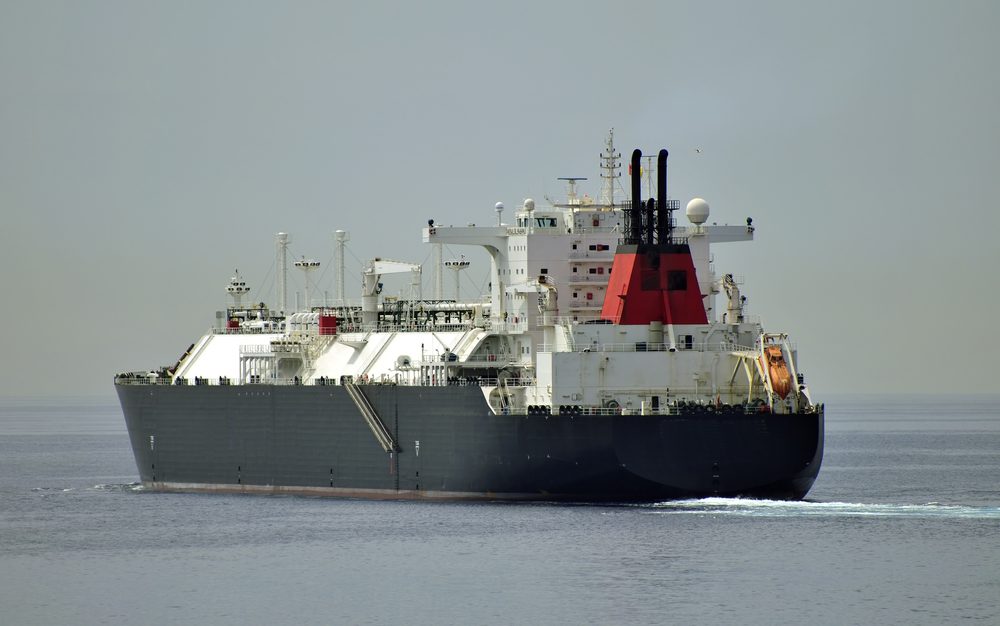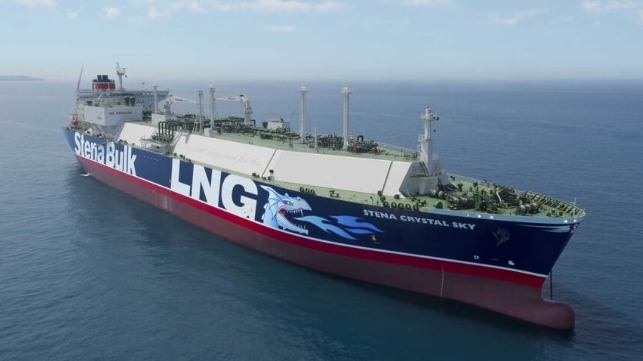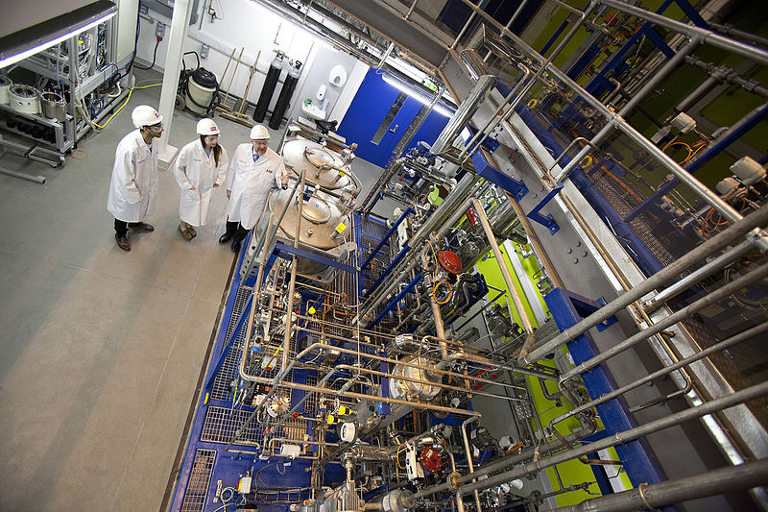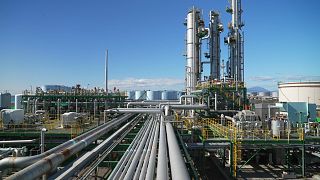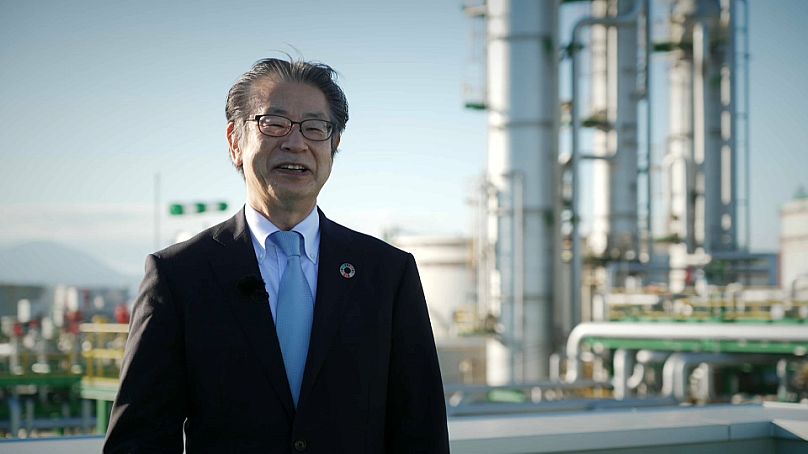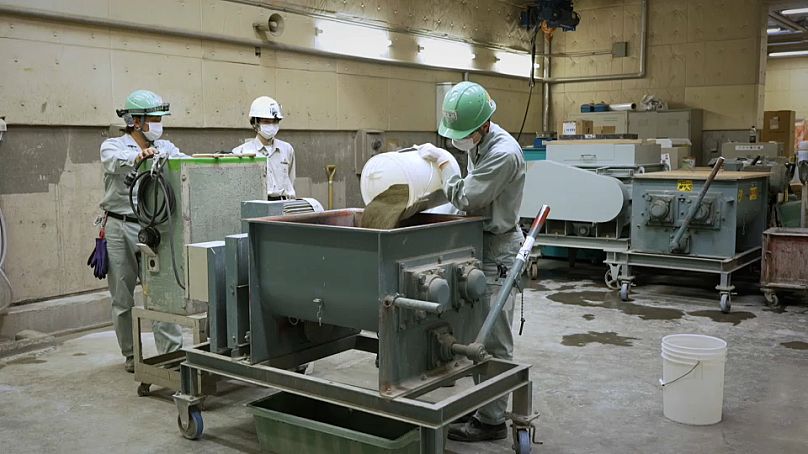
Thu, February 9, 2023
CALGARY — By betting it can solve its emissions problem with carbon capture and storage, Canada's oil and gas industry risks saddling itself with expensive stranded assets, a new report argues.
The report, released Thursday by the International Institute for Sustainable Development — a Winnipeg-based think-tank that focuses on climate and sustainable resource development — concludes carbon capture and storage technology costs too much and takes too long to build to have any hope of helping industry meet Canada's 2030 emissions reductions target.
Calling the technology "expensive, energy intensive (and) unproven at scale," the report urges the federal government not to put any more public money into the oil and gas industry for carbon capture deployment.
"The application of CCS does not align with the time scale or ambition necessary for limiting global warming to 1.5 degrees C," the report states.
"The opportunity cost of investing in CCS and the risk of stranded assets for Canada’s oil and gas sector will intensify as global climate ambition ratchets up and demand for oil and gas declines."
Carbon capture and storage is a technology that captures greenhouse gas emissions from industrial sources and stores them deep in the ground to prevent them from being released into the atmosphere.
The technology has existed for decades, but it's expensive and has been slow to scale up. There are currently just seven CCS projects currently operating in Canada, mostly in the oil and gas sector, and only 30 commercial-scale CCS projects in operation globally.
Still, the oil and gas industry has high hopes for the technology, with a number of new projects in the planning stage in Canada. Most notably, the Pathways Alliance — a consortium of the country's six largest oilsands companies — has proposed a major carbon capture and storage transportation line that would capture CO2 from oilsands facilities and transport it to a storage facility near Cold Lake, Alta.
While a final investment decision has not been made, the project is estimated to cost $16.5 billion and is the centrepiece of the Pathways group's total $24.1-billion pledge to reduce greenhouse gas emissions from oilsands production by 22 million tonnes by 2030.
"The oil sector in Canada has been identifying CCS as the major component of its plan to bring down emissions," said Angela Carter, co-author of the IID report.
"In fact, some industry representatives, they frame CCS as the only option to make the kind of large inroads that are needed to reduce emissions in the oil and gas sector. It's very much like the industry is putting all of its eggs in the basket of CCS."
In a recent op-ed, James Millar — president and CEO of the International CCS Knowledge Centre in Regina, Sask. — argued that carbon capture is a way for Canada to "have its environmental cake, and eat it too."
Millar said the wide-scale deployment of carbon capture technology will allow for a transition to net-zero "while maintaining the viability of industries that have long sustained communities and workforces across the country."
"To build this capacity, industry is looking for strong signals that investments in CCS and other emissions reduction technologies align with Canada’s low-carbon future," Millar said.
"Wider investment in CCS requires clear policy providing long-term certainty on carbon pricing, along with other mechanisms that will ensure Canada remains an attractive location (especially when compared to the United States) to undertake multi-billion-dollar projects."
Carter said this kind of continued lobbying by industry for more government funding and regulatory support for carbon capture projects, above and beyond the investment tax credit announced in last year's federal budget, is problematic.
She pointed out the seven CCS projects currently operating in Canada capture just 0.5 per cent of national emissions, and that ramping that up to significant levels by 2030 would require massive government subsidies.
"CCS has been over-promised and under-delivered," she said, adding a more cost-effective use of public funds would be to encourage near-term emissions cuts through regulations, such as the federal methane rules currently under development.
Government should also be focusing on energy efficiency and electrification, as well as planning for a long-term decline in oil and gas production, Carter said.
In a report published last August, BMO Capital Markets argued that government can and must do more to get carbon capture projects up and running in this country.
The report said the Inflation Reduction Act south of the border ensures roughly two-thirds of carbon capture project costs (capital and operating costs) are covered by the U.S. government.
By comparison, the BMO report said, the investor tax credit announced by the Canadian federal government in 2022 would cover less than 15 per cent of the proposed Pathways Alliance carbon capture project's total costs by 2050.
"We believe the U.S. policy advancement further underscores the need for substantially more robust policy incentives to bolster Canada's competitive position in the decarbonization race," the BMO report stated.
This report by The Canadian Press was first published Feb. 9, 2023.
Amanda Stephenson, The Canadian Press


